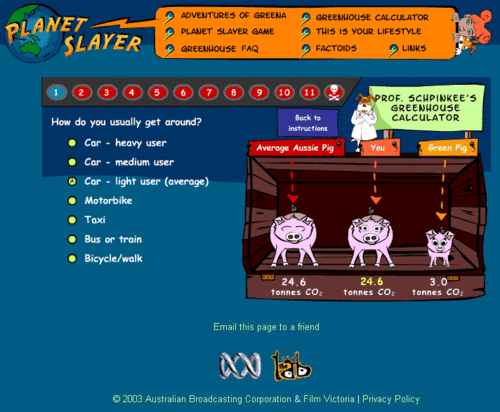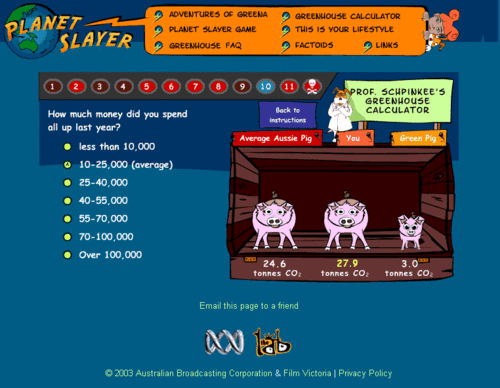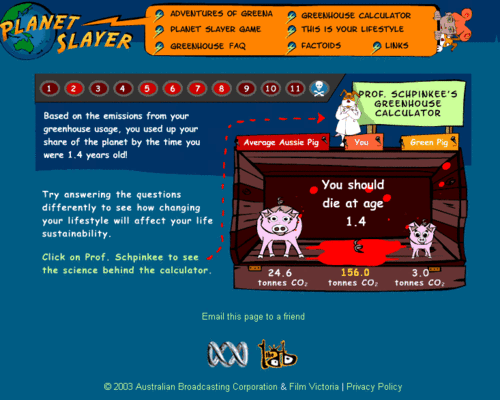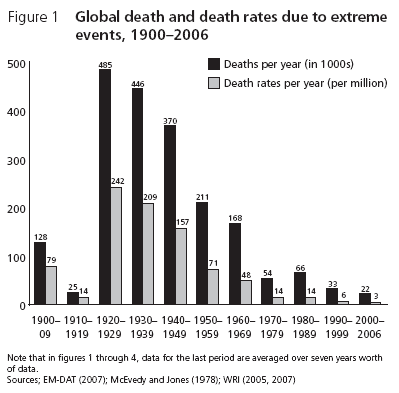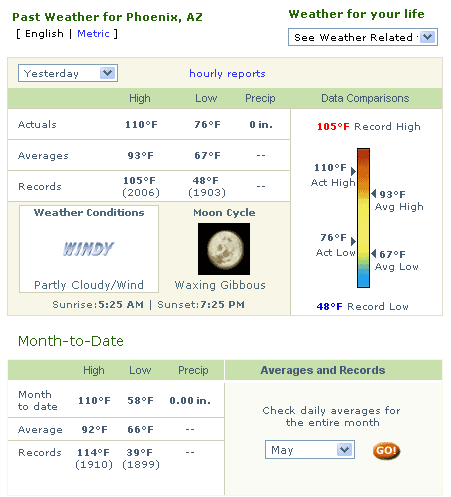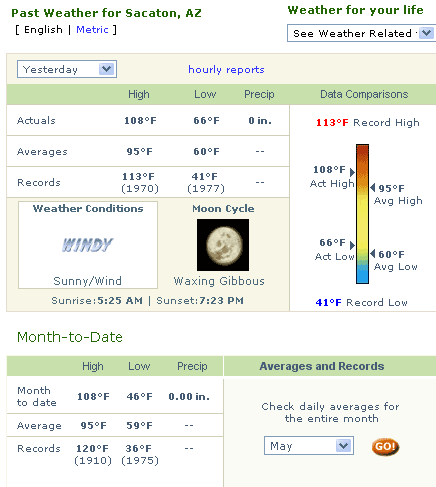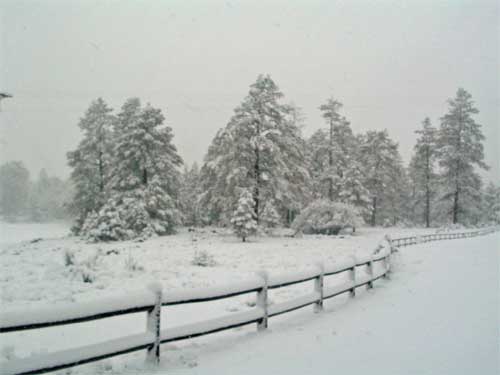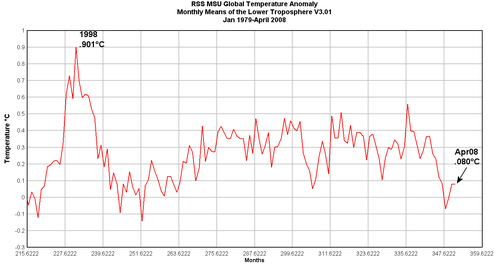I have a big four thousand square foot roof in one of the greatest solar sites in the world (6 equivilent hours of full sun a day) that is just begging for solar panels. Except that even with substantial government subsidies, the payback numbers are awful. Lynne Keisling reports that this may be about to change:
There are a couple of very interesting recent solar developments that have substantial economic implications. First, the blue sky stuff: courtesy of Slashdot, a team of researchers in the Netherlands have demonstrated avalanche effects in semiconductors that can be used in solar cells (here’s the original article). Avalanche effects mean that instead of having a 1:1 relationship between a photon and an electron, in which 1 photon releases 1 electron, it’s physically possible in these nano-scale semiconducting materials to have 2:1 or even 3:1 — 2 or 3 electrons released per photon in the material. This means twofold or threefold increase in the possible energy intensity of the solar cell material. These nanocrystals are even inexpensive to manufacture. How cool is that?
What are the economic implications of this new material and new knowledge? The low energy intensity of solar cells has been a factor in making solar a less cost-effective means of generating electricity than fossil fuels, which are extremely energy intensive. This avalanche effect can mean smaller, more energy intensive solar cells, which changes the cost structure for solar. I think it will certainly shift the long-run average cost curve downward, which creates an opportunity for solar retailers to reduce prices. A lower solar retail price shifts the price ratio between solar power and all other electricity power sources. For example, the price ratio between solar-generated and coal-generated electricity would shift such that at the margin, consumers would substitute out of coal-powered electricity and into solar-powered electricity. If I were better at generating the isoquant and indifference curve graphs electronically, I’d show it here graphically … but the logic is straightforward.
Unfortunately, we have been hearing this for years. I price solar out on my home just about once per year, and the numbers have not changed for a while. Here’s hpoing….



